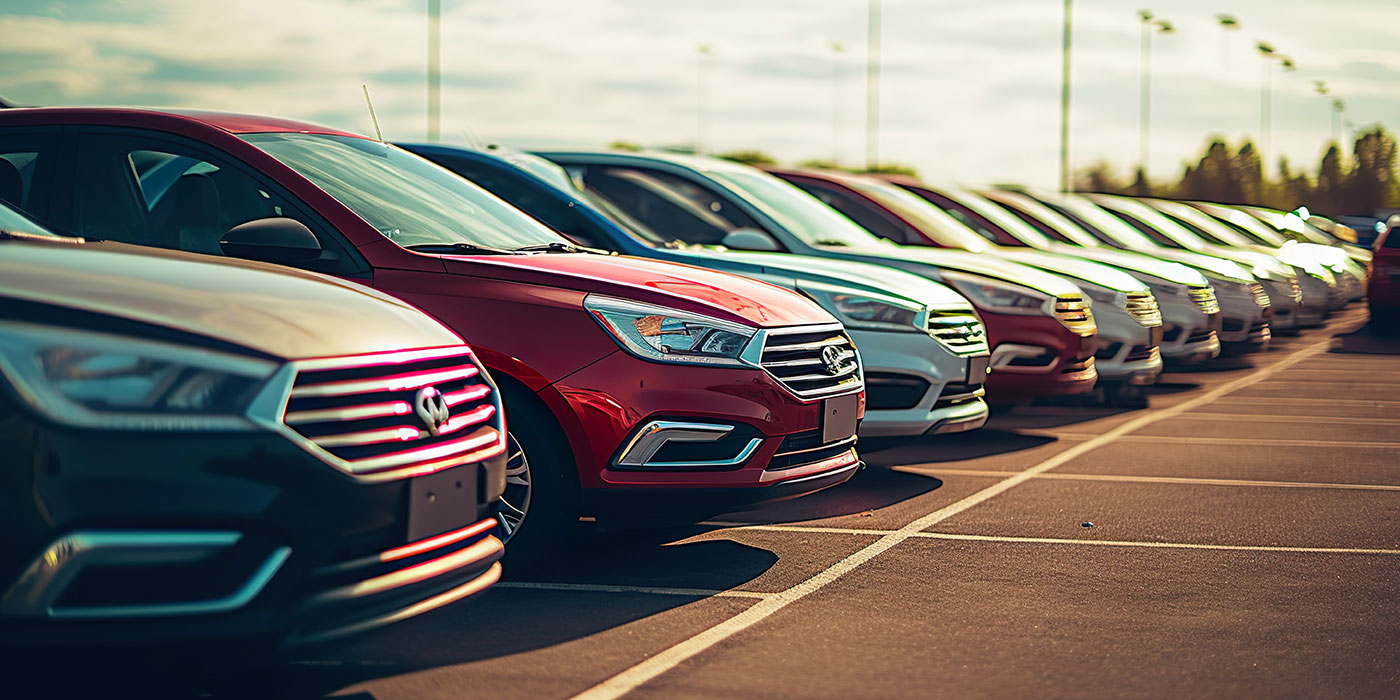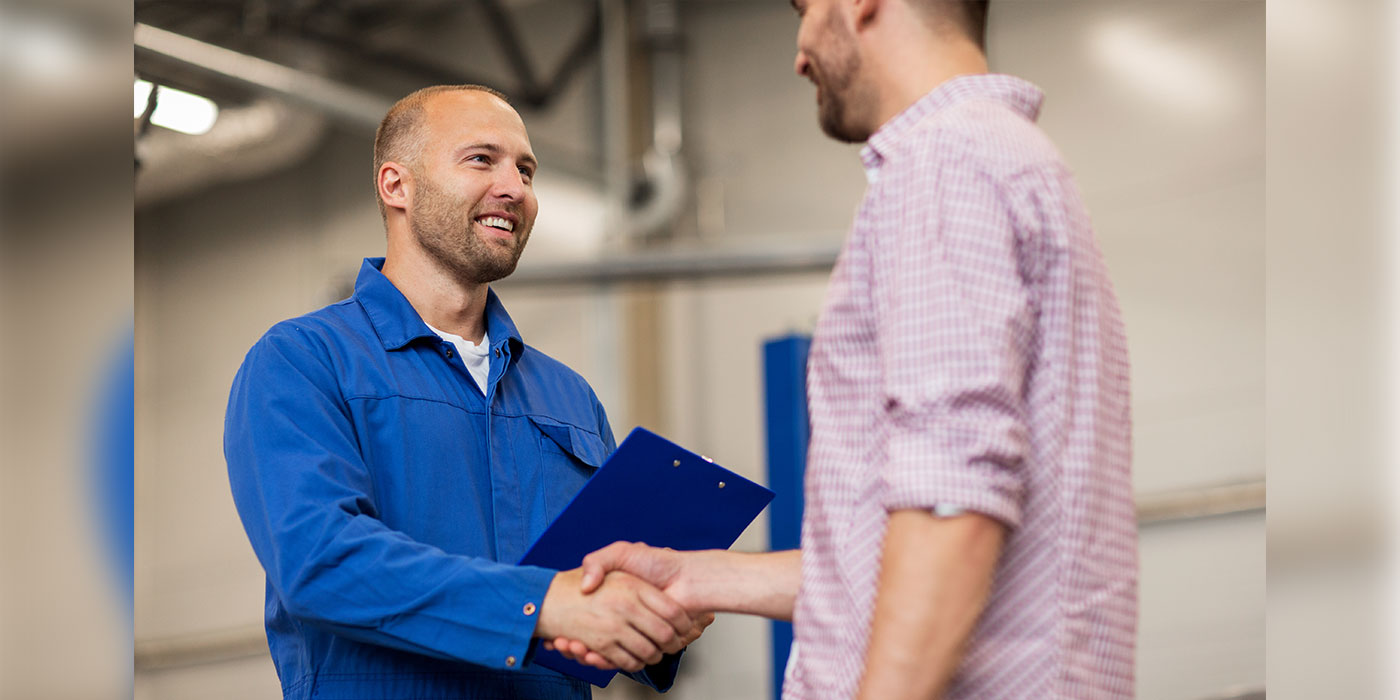By Matt McLeod, director of sales operations and John Brasher, executive vice president, auction operations for EBlock
For Part I, click HERE.
Auctions have benefited transactions from coins and antiques to real estate and airplanes since humankind started buying and selling. With online and mobile technologies enhancing and expanding the scope of auto auctions once limited by time and geography, the auction environment has drastically changed. Physical auctions offer benefits such as live auctioneers and on-site product, but these have drawbacks compared to digital auctions such as transportation costs and sometimes a lack of transparency.
Digital auctions have picked up speed, and as a result, the formats are blending with each benefitting from the other’s learnings. These are three unique benefits and drawbacks that digital auctions offer:
1. Digital Auctions Have No Space or Location Limitations
Digital auctions are not limited by the physical space needed to hold the auction or the geographic locations of its buyers and sellers. As mentioned, some physical auctions have adopted Simulcast ‚ the ability to simultaneously accept bids from both physical and virtual buyers — but simulcast itself has its own limitations.
Physical auctions require large facilities and heavy staffing with room for thousands of vehicles to be displayed or at minimum parked until crossing the auction block. Physical auctions only have so many lanes, auction blocks, auctioneers and lot numbers every week. There is also a limited amount of time for which buyers will stay engaged. Simply put, there is a limit to the number of vehicles that can cross the block as well as the number of people who can be physically present to bid.
In addition to space, the actual geographic location matters as well. The location dictates the radius of the sales team’s reach. They may only focus on local customers and those large customers who have made themselves known in that region. It may only make sense to transport the vehicle from so far to a physical location. Therefore, these auctions are often limited to buyers and sellers from that region and are missing out on buyers and sellers from further away that their regional customer base would love to have access to.
Interestingly though, these physical locations have land that can serve as a logistical hub, even for vehicles that were not bought or sold at that auction. The location can work as part of a greater logistics network for vehicles bought and sold digitally or physically from other places, which is another angle of the blending of physical and digital. This network allows for better inventory consolidation and more efficient transport when scale is established.
2. Digital Auctions Rely Heavily on Condition Reports to Give Accurate Information That Will Inform Buyers on Value
Buyers at digital auctions rely on condition reports to be their eyes and ears when determining the value of a vehicle. While auctions — both digital and physical — offer arbitration policies, dealers want to avoid arbitration from the start. Post-sale inspection (PSIs) help to avoid arbitration and may not be available on digital platforms, unless there is some type of blended offering. Digital buyers do not have the ability to literally kick the tires, hear the engine crank or watch it drive across the block, however they can rely on detailed digital images, engine scans and in-depth condition reports to evaluate a potential purchase. PSIs drastically reduce the amount of time it takes to identify problems as they can be inspected immediately when purchased, this reduces the volume and gravity of post-sale problems and customer frustration.
3. When Land Meets Tech
A key place where physical and digital are blending is with digital tools. Physical auctions provide digital run lists and buyers use digital tools (search, filter, save, etc.) to pare down the list of vehicles that are interesting to them, even if they are going to walk the lanes at the physical auction. Beyond the digital tools, the beauty of the blend is the centralization and consistency — centralized transport, checkout, and consistent condition reports, PSIs and arbitration for both physical and digital experiences in a single platform. This creates a buyer experience that is more efficient and valuable, for both digital and physical buying and selling. In order for our customers to meet their customers (the consumer) where and how they transact they are becoming increasingly dependent on offering a competitive digital marketplace throughout the entire vehicle lifecycle, which physical auctions alone can’t solve for.
Digital auctions have benefitted from decades of lessons learned by brick-and-mortar auctions. The benefits of efficiency and money savings oftentimes overcome many of the tradeoffs when opting for digital auctions.
There’s plenty of room and opportunity for both formats to flourish. Furthermore, advances in technology will benefit both formats and play a critical role in helping them to work together in new, more seamless ways. Technology has the opportunity to unlock the combined power of physical and digital together.














